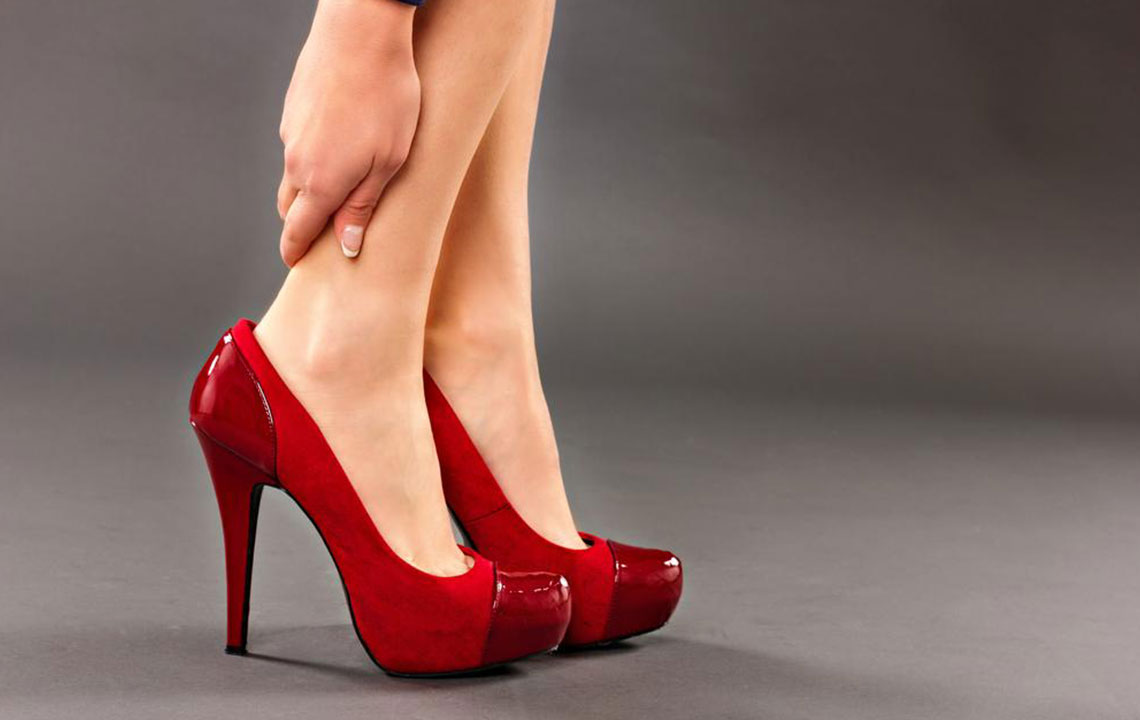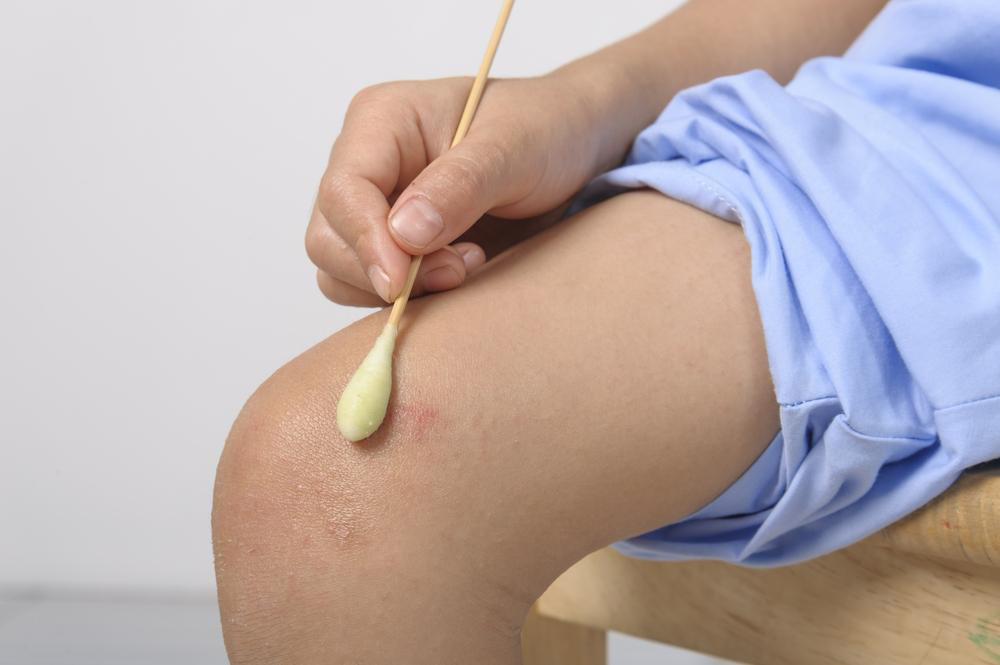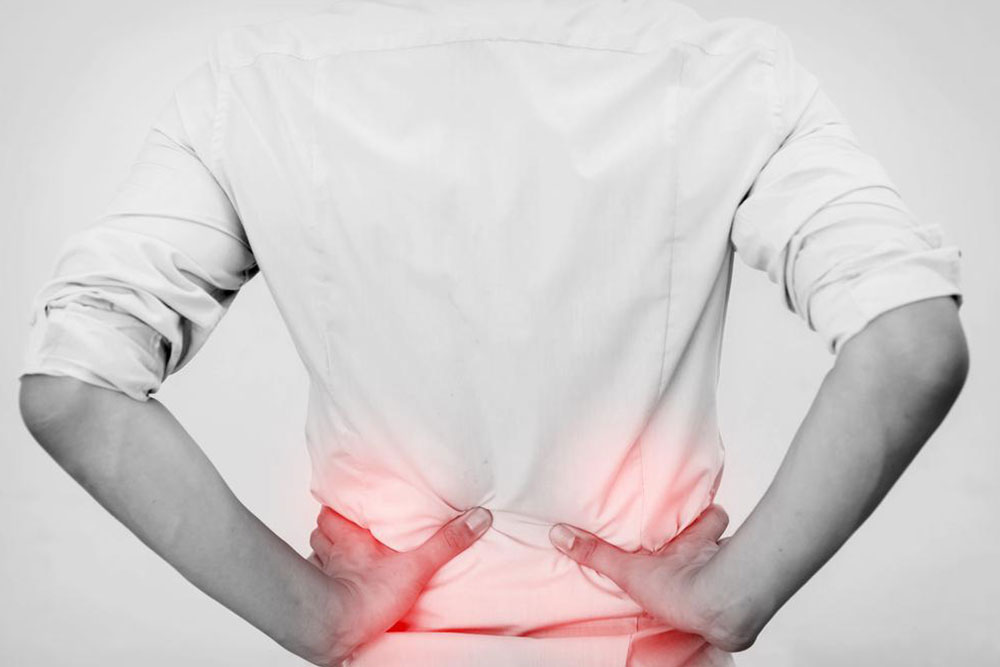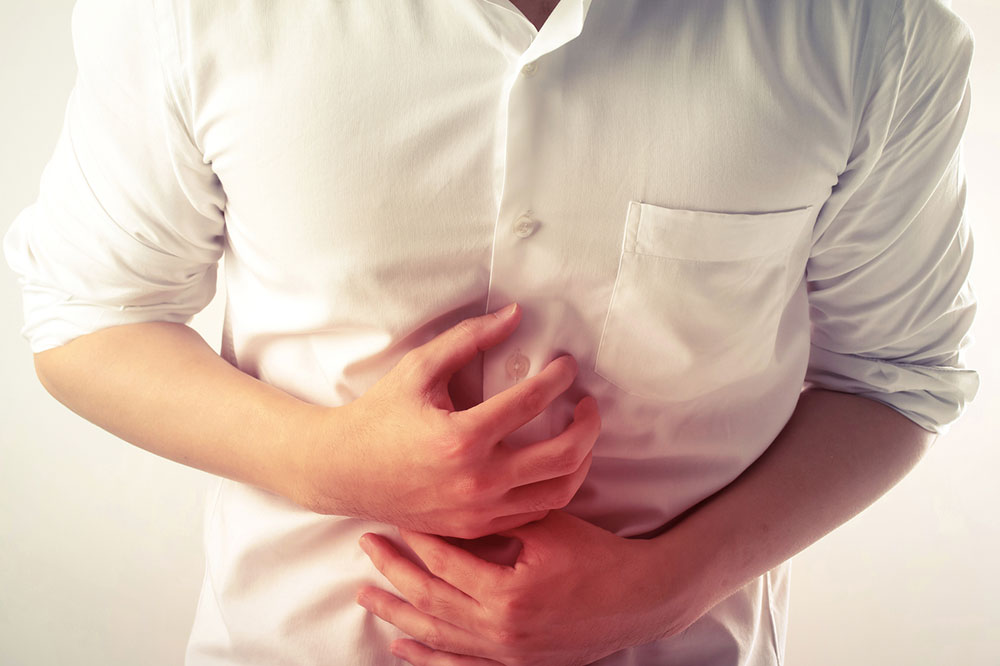Understanding Back Discomfort: Symptoms, Causes, and Natural Relief Strategies
This article explores common causes, symptoms, and home remedies for back pain relief. It highlights natural strategies like cold and heat therapy, stretching, and lifestyle changes to alleviate discomfort. Emphasizing early intervention and professional consultation, it offers practical tips for managing back pain effectively at home, ensuring quick and sustained relief while encouraging healthy habits to prevent future episodes.
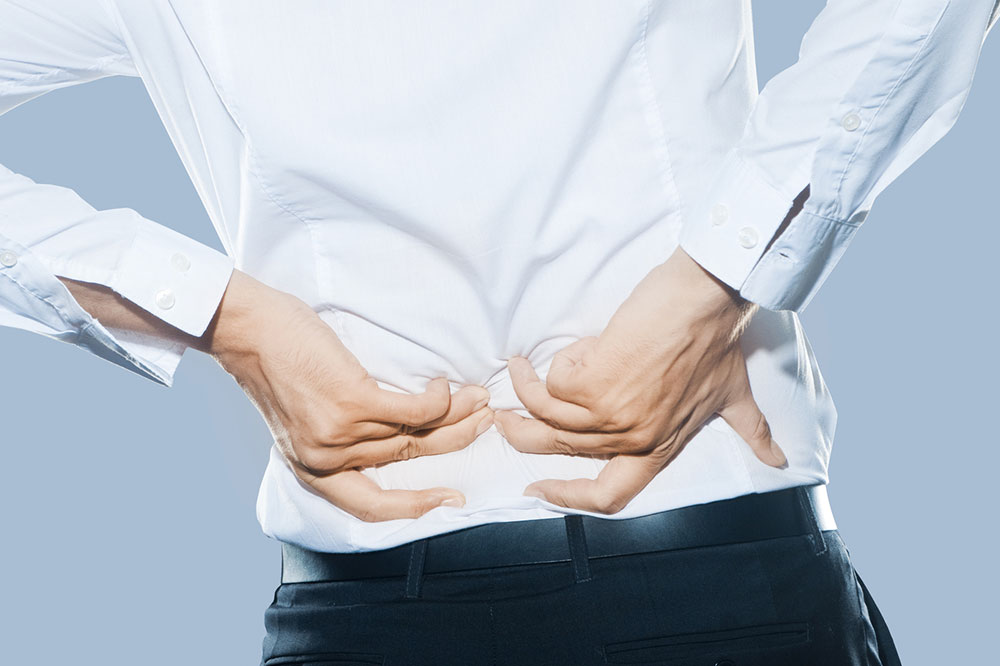
Understanding Back Discomfort: Symptoms, Causes, and Natural Relief Strategies
Back discomfort ranks among the leading reasons for disability worldwide. Most individuals are likely to experience some form of back pain during their lifetime. Fortunately, simple measures can often alleviate discomfort, especially if the pain is mild and not due to a serious condition. Many effective home remedies can deliver immediate relief, making surgery rarely necessary. In most cases, addressing the pain early with natural approaches can restore comfort and improve mobility quickly.
Primary Causes of Back Discomfort
The main contributors to back pain include muscle overexertion, structural issues with the spine, arthritis, and bone thinning conditions like osteoporosis.
Muscle Strain
Injuries from improper lifting or sudden movements can strain back muscles, leading to pain. Overusing muscles during sports or physical activities can also cause soreness and stiffness. This type of strain often manifests after intense activity, causing discomfort.
Spinal Structural Issues
Discs between vertebrae cushioned the spine; injury or degeneration can cause these discs to herniate, bulge, or rupture. Such issues may compress nerves, resulting in severe pain. Herniated discs can radiate pain from the back down the legs, a condition known as sciatica, often accompanied by numbness or tingling.
Other causes of back discomfort include:
Arthritis, particularly osteoarthritis affecting the spine, leading to joint damage and spinal narrowing
Bone loss from osteoporosis causing fractures (compression fractures) that trigger pain
Less Common Causes
Persistent or recurrent back issues warrant medical evaluation to rule out rare causes like spinal degeneration, infections, tumors, kidney problems, or nerve damage. These may involve conditions such as degenerative spondylolisthesis, cauda equina syndrome, infections, or kidney stones.
Signs and Symptoms of Back Pain
Typical symptoms include aching, shooting sensations, or pain radiating down the leg. Pain worsens when standing or moving, with decreased flexibility and stiffness. While short-term pain often resolves, chronic discomfort persists beyond three months. Serious symptoms requiring urgent care include loss of bladder or bowel control, severe weakness or numbness in limbs, unintentional weight loss, severe night pain, fever, or abdominal throbbing.
Managing and Treating Back Discomfort
Most mild back pain can be relieved with over-the-counter pain medications like NSAIDs (e.g., ibuprofen or naproxen). Severe cases may require doctor-prescribed strong medications or surgeries such as spinal fusion or disc removal. Alternative therapies like massage, chiropractic care, cognitive-behavioral therapy, or relaxation techniques can also be beneficial. Always consult a healthcare professional before starting any new treatment.
Effective Home Remedies
Back pain often stems from various causes, yet many discomforts are manageable with simple home remedies, especially for mild cases. If pain persists or worsens, seek medical advice. Otherwise, try these natural strategies:
Cold and Heat Therapy
Applying ice packs in the initial stages can reduce inflammation and numb the area. Wrap a frozen pack in cloth and apply for no more than 20 minutes. For muscle stiffness, heat pads or hot water bottles can promote relaxation and blood flow. Always check temperature guidelines to prevent burns.
In addition, releasing endorphins through activities like massage, meditation, or light exercise can significantly reduce pain perception and boost mood.
Stretching Exercises
Gentle stretches can alleviate tension. Hold each stretch for 30 seconds:
Touch your toes to stretch hamstrings and lower back
Child pose: Kneel on your heels and reach forward, extending arms and lowering your forehead to the ground
Cobra pose: Lie on your stomach and lift your chest, opening front body and relieving back tension
Prioritize Restorative Sleep Proper sleep aids healing and reduces pain severity. If sleep is disrupted, consult a doctor for solutions to improve rest quality.
Stay Active
Keep moving daily to maintain overall health. Activities like walking, chores, or light exercise help keep muscles strong and flexible. Avoid overexertion to prevent further injury.
Strengthen Your Back
Once pain subsides, strengthen supporting muscles, including the core, hips, and pelvis, to prevent future episodes. Avoid strenuous abdominal crunches that may exacerbate pain.
Wear Supportive Shoes
Proper footwear provides necessary support and maintains spinal alignment. Switch from high heels to comfortable, fitting shoes. Consult a podiatrist for personalized advice if needed.


